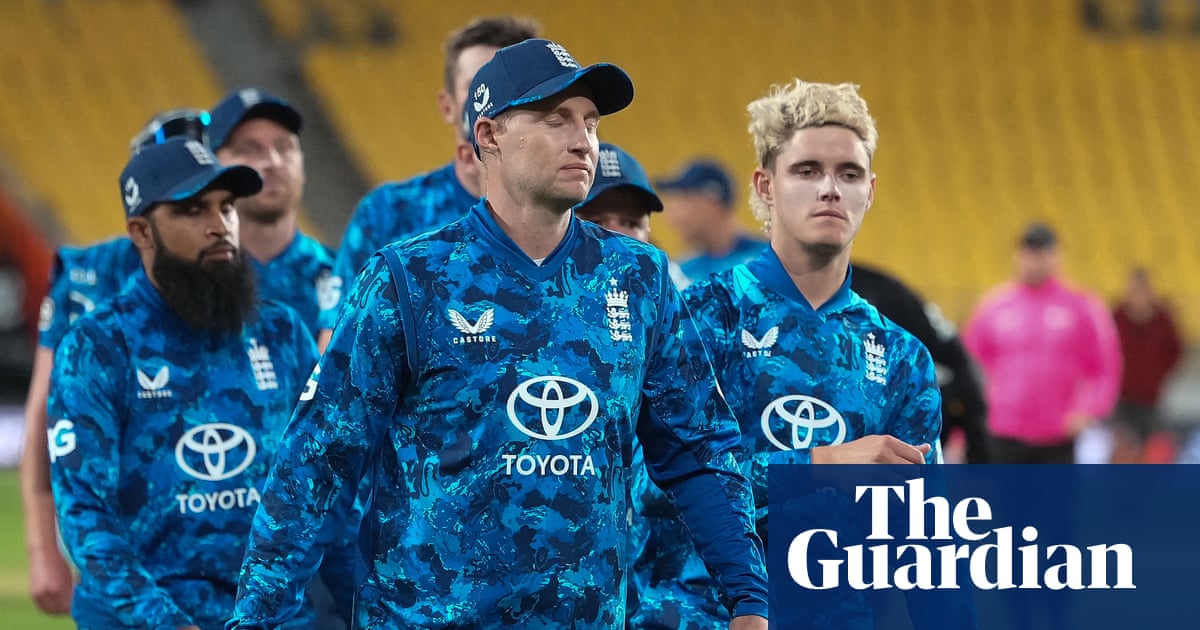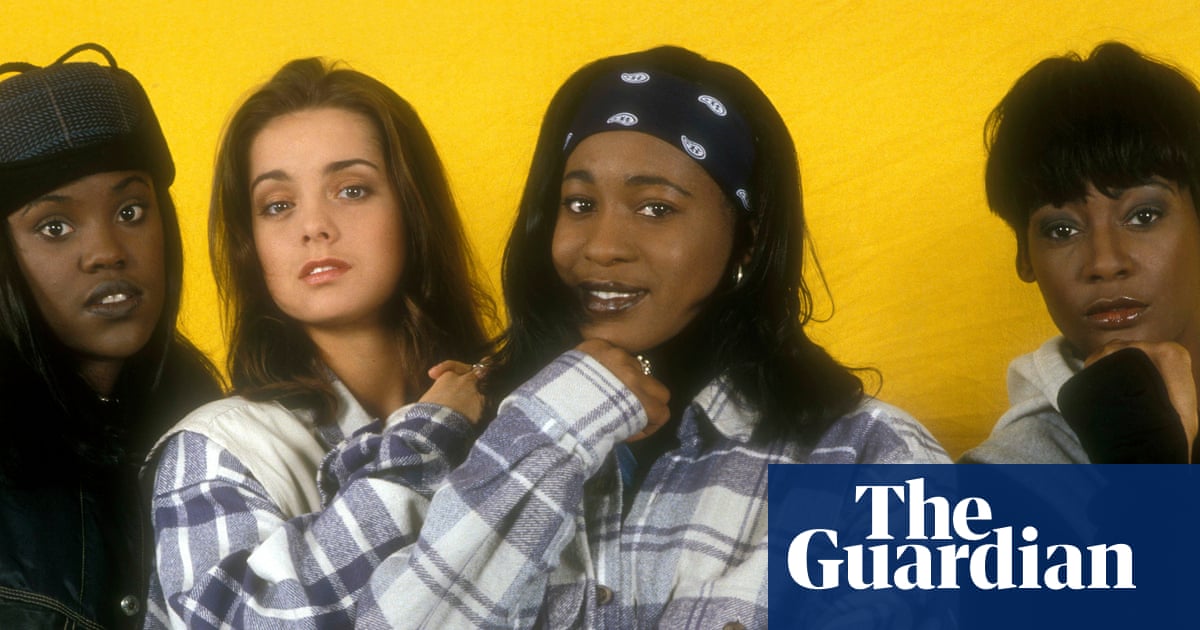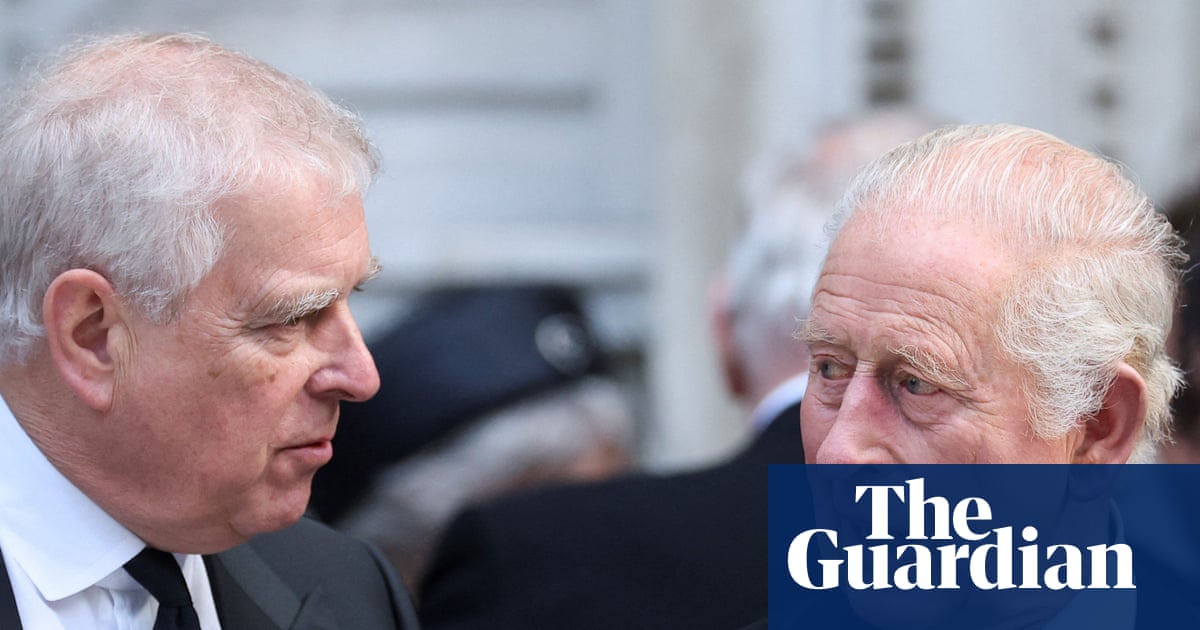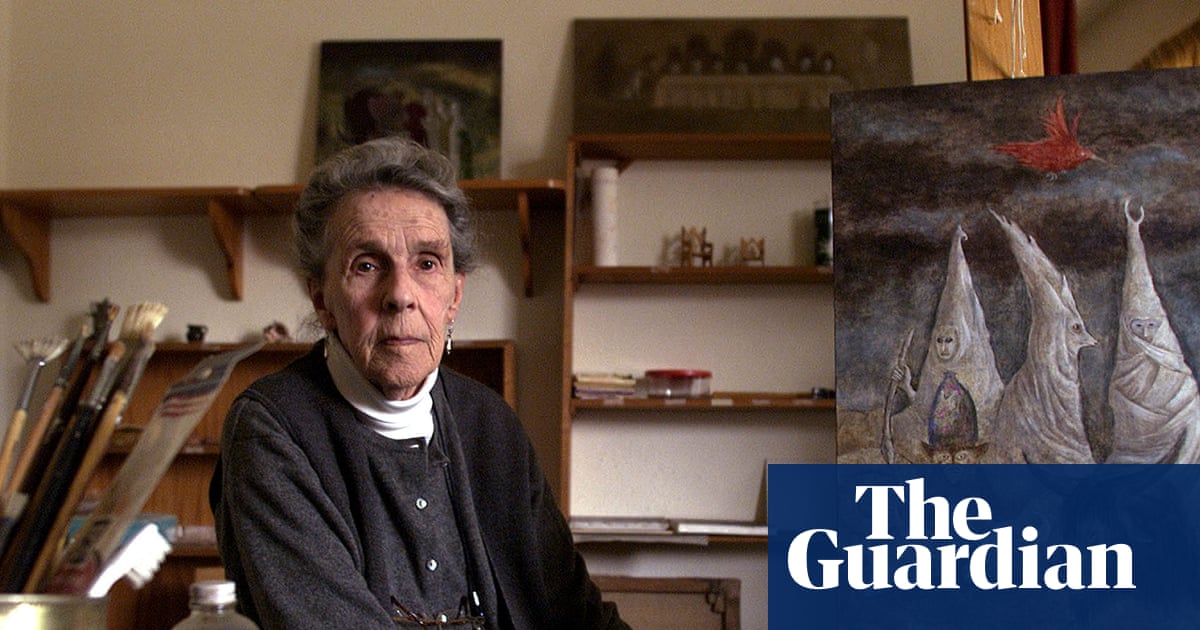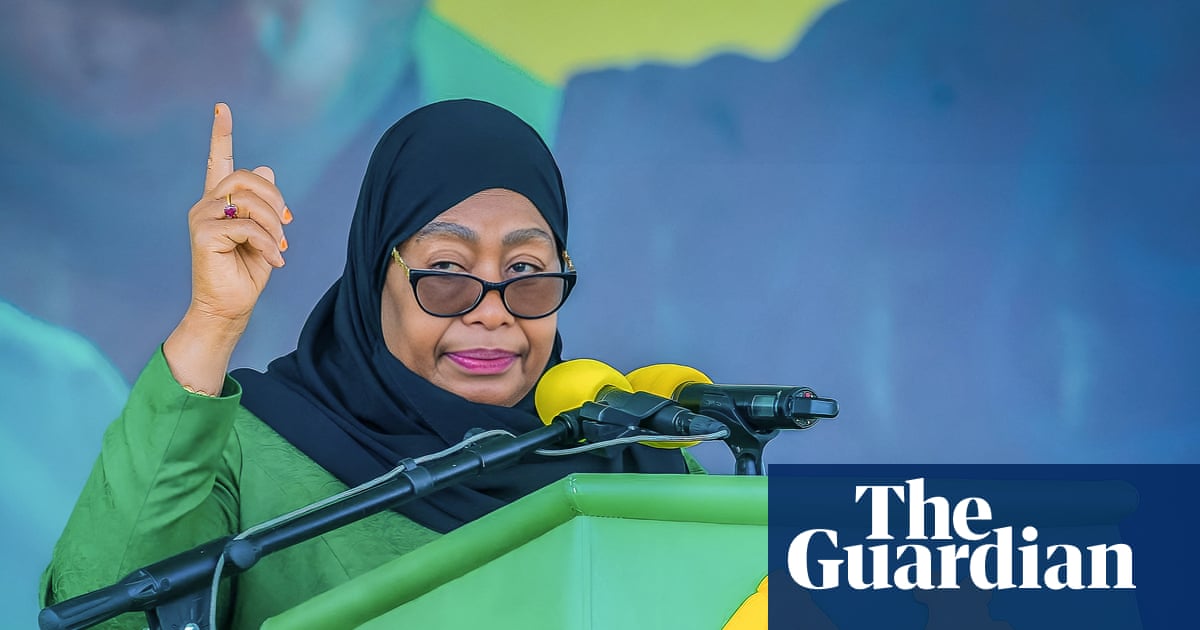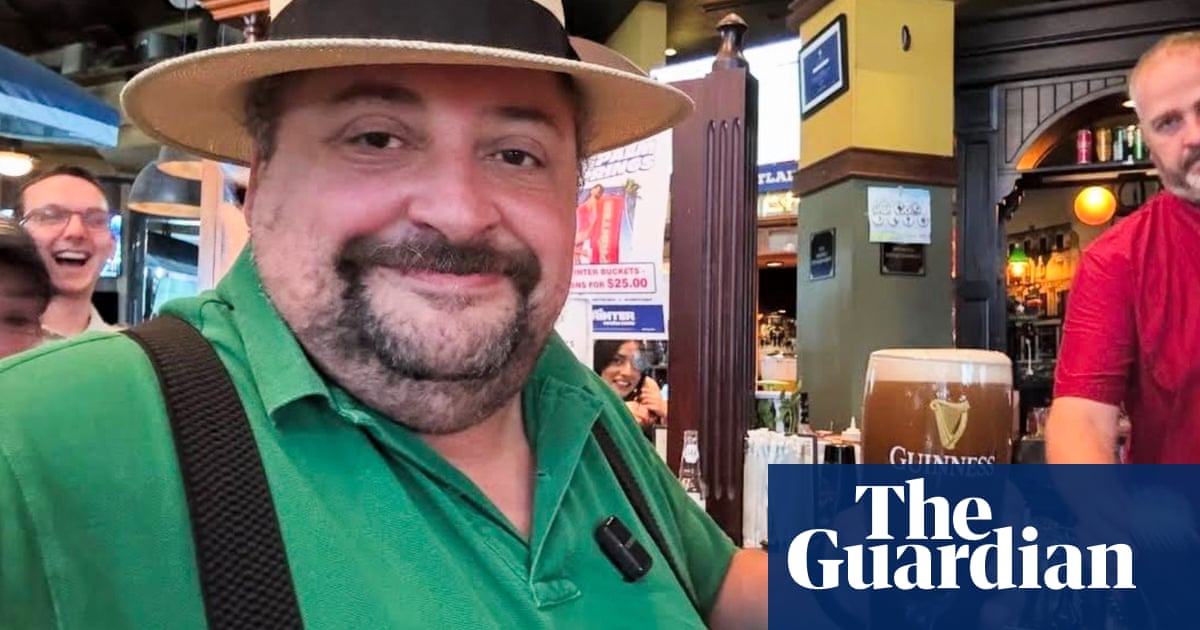Hundreds of patients and staff massacred at a hospital; unarmed men of fighting age separated and shot at close range; civilians trying to flee stripped of their belongings and extorted for ransom; perpetrators filming much of the violence themselves.
The reports of atrocities that have emerged from the Sudanese city of El Fasher since it fell to the paramilitary Rapid Support Forces last weekend follow a familiar pattern.
In 2023, as many as 15,000 civilians, mostly from the non-Arab Masalit ethnic group, were killed in massacres in Geneina, the capital of West Darfur state, as RSF and allied militias wrested control of the city. Fighters went house to house on a killing rampage. Homes and camps for internally displaced people were torched.
In April this year, the RSF killed more than 1,500 civilians at Zamzam IDP camp in 72 hours. The camp, south of El Fasher had a population of about 500,000. A Guardian investigation found testimony of ethnically targeted slaughter, mass executions and large-scale abductions.
Hundreds of thousands of people were displaced by both massacres, with many unaccounted for. Zamzam emptied out and many of its former inhabitants moved to El Fasher.
Estimates of the numbers of dead since the RSF took El Fasher from the army on 26 October run into the thousands. The true number is not yet known.
Since the RSF began to lay siege to the city 18 months ago, NGOs and other observers of the war have been warning of an impending bloodbath. The nature of the RSF’s attacks earlier in the war, they said, meant it was a matter of when, not if.
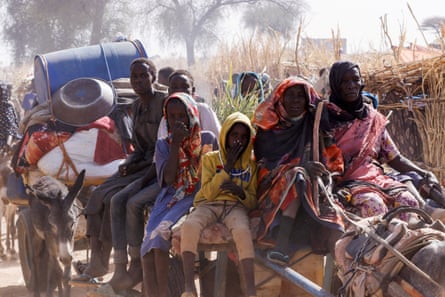
A predictable cycle of violence
Sudan’s civil war broke out when a power struggle between the armed forces led by Gen Abdel Fattah al-Burhan and the RSF, headed by Gen Mohamed Hamdan Dagalo, a former warlord known as Hemedti, erupted into violence in the capital Khartoum in April 2023. By the time of the conflict’s second anniversary, 13 million people had been displaced, 4 million to neighbouring countries. Half of the 51 million population needed food aid. By many measures, it is the world’s worst humanitarian crisis.
Since the war began the RSF has carried out multiple ethnically motivated killings in Darfur, the western region where El Fasher is located.
In July, Nazhat Shameem Khan, a deputy prosecutor at the international criminal court, told the UN security council she believed war crimes and crimes against humanity were continuing to be committed in Darfur. Last month, a UN expert group said both sides in the conflict – the RSF and Sudan’s armed forces – had carried out war crimes.
In January, Antony Blinken, then the US secretary of state, declared that the RSF had committed genocide in Darfur. Both sides deny the allegations.
Last month, the Quad group of countries – the US, the United Arab Emirates, Saudi Arabia and Egypt – agreed to a “roadmap” for peace in Sudan, including a three-month humanitarian truce to allow aid to be delivered, followed by a permanent ceasefire. None of that was implemented as the RSF tightened its grip around El Fasher and alarms continued to be sounded about what fighters would do when they captured the city.
“This was predicted and predictable,” said Kate Ferguson, the co-director of Protection Approaches, a UK charity that campaigns against identity-based violence and mass atrocities. “We knew this would happen. I don’t think that there can be a head of state or a foreign minister who wasn’t warned and didn’t know that this was a serious likelihood.”
Mohamed Badawi, a lawyer and activist with the Uganda-based African Centre for Justice and Peace Studies, said Sudan’s armed forces had failed to uphold their “responsibility for protection” of civilians in El Fasher by withdrawing from the city.
He accused them of having done the same in Geneina. “They moved back … and left those people behind,” he said. “They know there are atrocities going to be committed.”
Grim echoes of past atrocities
The scale of the massacres in Sudan, as well as their ethnically targeted nature, echo past atrocities. More than 200,000 people were killed in the Darfur genocide of the early 2000s. Arab Janjaweed militias were co-opted by Omar al-Bashir’s regime to help suppress an insurgency by non-Arab ethnic groups. The Janjaweed then evolved into the RSF.
“It has been conducting exactly this type of military operation, which involves large-scale abuses of civilians, for more than 20 years,” said Alex de Waal, the executive director of the World Peace Foundation at Tufts University. “The first one that was documented with Hemedti himself personally on the scene was November 2004 in a town called Adwa.”
Some experts have said the killings in El Fasher remind them of the first days of the genocide in Rwanda. In 1994, ethnic Hutu extremists killed more than 800,000 people, mostly members of the Tutsi ethnic minority, in a span of about 100 days. Badawi noted a parallel between Sudan’s civil war and the first Liberian civil war from 1989 to 1997, with mineral wealth fuelling the violence – gold in Sudan and diamonds in Liberia.

The road to even limited justice for the victims was long and winding. Twenty years after the Rwanda genocide, a UN-established tribunal convicted 61 people of genocide, crimes against humanity and war crimes. In 2012, the former Liberian president Charles Taylor was convicted by a special international court of aiding and abetting war crimes and crimes against humanity in neighbouring Sierra Leone. Last year Liberian senators voted to establish a war crimes court to investigate crimes against humanity during the two civil wars.
Earlier this month, 20 years after the last genocide in Darfur, Ali Muhammad Ali Abd–al-Rahman, a former Janjaweed commander known as Ali Kushayb, was convicted by the international criminal court of committing crimes against humanity.
De Waal noted Kushayb had handed himself in. He can’t see the protagonists of Sudan’s latest war doing the same.
Psychological warfare and communications blackout
As with the previous massacres carried out by the RSF, much of the evidence of killings in El Fasher has come from the fighters themselves, who are filming killings and posting the videos online.
Experts say RSF fighters intentionally circulate the images as a form of psychological warfare to show their might and intimidate their opponents and future victims, motivated by hatred of non-Arab ethnic groups.
Using satellite imagery and archive pictures, the Guardian’s video team analysed and geolocated footage posted online on 27 October, showing several different mass killings after the fall of El Fasher.
Footage shot at the faculty of engineering at the University of El Fasher shows one fighter shooting a man in the back at close range. Dozens of bodies are strewn across the floor in pools of blood. The same fighter then shoots another man as he holds his hand up while lying among the bodies.
Several videos shot by RSF members in an area north-west of the city show dozens of bodies lying on the floor next to burning vehicles along a trench.
In one clip, a fighter known as Abu Lulu can be seen threatening a man lying on the floor and then murdering him. The RSF published videos on Thursday of it arresting the fighter.
Satellite imagery has corroborated reports of mass killings. The Yale Humanitarian Research Lab analysed satellite images of the Saudi maternity hospital from Tuesday 28 October and found clusters of objects consistent with human bodies and “reddish discoloration on the ground” believed to be bloodstains.
The lab also found “evidence consistent with mass killing” at a former children’s hospital in the east of El Fasher that the RSF had turned into a detention site, and “systematic killing” east of the city.
Civilians who made it out alive have reported executions by the RSF too. “They killed six wounded soldiers and civilians in their beds,” Nawal Khalil, a nurse who had been working at the El Fasher south hospital when the RSF took the city, told the Guardian.
In a video statement on Wednesday, Hemedti said that any fighter who had “violated the right of any person” would be held accountable.
A communications blackout means only limited information is emerging directly from El Fasher – as was also the case in previous RSF takeovers. The fate of most of the 260,000 people estimated to have still been in the city when it was taken by the RSF is unknown.
More than 35,000 people have also been displaced since 26 October near El Obeid in the south of North Kordofan. There are fears that the city will be the RSF’s next target.

Experts say the way to stop the RSF is to put pressure on the United Arab Emirates, which has been accused of arming the group, along with Saudi Arabia and Egypt, which support Sudan’s military.
The Guardian reported on Tuesday that British military equipment licensed for export to the UAE had been used by the RSF and found on battlefields in Sudan, according to documents seen by the UN security council. The UAE has repeatedly denied allegations it gives military support to the RSF.
“If the US was really serious or if international policymakers were really serious, there would be much more than loose statements about international condemnation,” said Caitlin Howarth, the director of conflict analytics at Yale Humanitarian Research Lab. “There would be meaningful, swift and really painful sanctions on the United Arab Emirates and on anyone arming either side of this conflict.”
Additional reporting by Kaamil Ahmed and Laure Boulinier

 3 hours ago
6
3 hours ago
6


